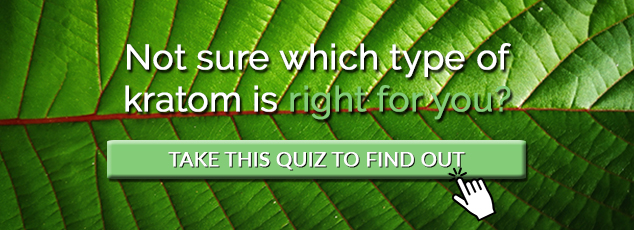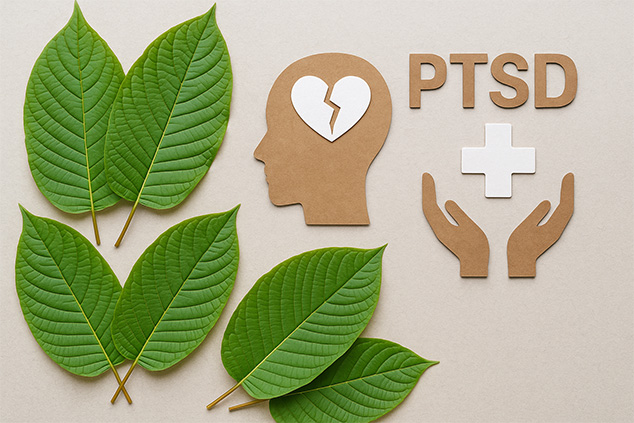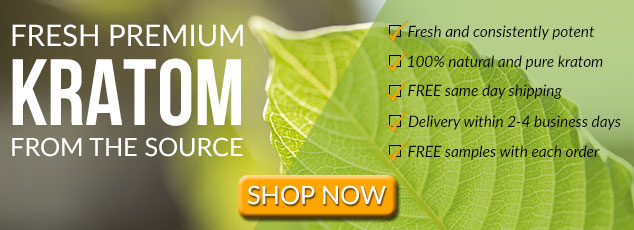Mental health is a growing concern among people in the western world. An increasing number of people are affected by conditions such as stress, anxiety, depression, and others.
Mental health conditions not only affect the way people feel, but also permeate in other areas of their life, such as relationships and work.
While some milder instances may go undetected, more severe cases of mental health conditions can even result in work disability. In fact, mental health conditions like stress anxiety and depression are some of the top reasons for work disability.
A common way of addressing mental health conditions is by prescribing medication. Even though this can result in positive short term results, long term implications are not well studied.
For instance, many psychiatrist don’t know when exactly they should stop prescribing antidepressants. Come down from them can also be problematic, not to mention the many negative side effects that prescription medications have.
Due to these issues, many people seek alternative and herbal medications and supplements to improve their overall wellbeing.
Kratom has been effective in improving depression symptoms, as well as alleviating stress and anxiety. So, you may be wondering if kratom can also be effective for PTSD. Let’s review the specifics and find out.
What Is PTSD?
Post-traumatic stress disorder or PTSD, for short, is a form of mental disorder. It triggers when a person goes through or witnesses a traumatic experience.
In many instances, it takes people an adjustment period following a traumatic experience. However, if, after a prolonged period of time, their symptoms worsen rather than improve and persist for weeks, months, or even years, seriously affecting different areas of their life, than it’s highly likely that they are suffering from PTSD.
Causes and Symptoms of PTSD
PTSD can result after experiencing or witnessing an intense traumatic event, such as a severe accident, natural disaster, terrorist act, war, combat, rape, sexual or violent assault. People who repeatedly experience traumatic experiences, abuse, live in war zones, or receive poor support are at a higher risk of developing this disorder.
PTSD can affect anyone regardless of their gender, age, nationality, ethnicity, or culture. However, data shows that women are twice more likely to develop PTSD than men. According to estimates, approximately 3.5 percent or one in each 11 Americans are diagnosed with the condition once in their lifetime.
People who suffer from PTSD often experience extreme fear and panic. These are similar to what they felt throughout the traumatic event. There are four main symptoms that a person with PTSD frequently experiences. These are:
- Reliving the traumatic experience: the person has unwanted and often recurring memories, flashbacks, or nightmares with vivid imagery. They may also have intense reactions, either emotional or physical, which include panic, heart palpitations, sweating, and more.
- Being extremely alert or wound up: the person has sleeping issues or outbursts of anger, feels irritable, or has a hard time concentrating. They can also startle easily and constantly be on the lookout for any signs of danger.
- Avoiding reminders of the traumatic event: the person may deliberately avoid any places, activities, people, thoughts, experiences, or feelings that may potentially bring back painful memories of the traumatic event.
- Feeling emotionally numb or very negative: the person may feel detached from their friends and family, feel emotionally numb, guilty, or inherently bad, and lose interest in daily tasks and activities which once used to bring pleasure.
Common PTSD Treatment Methods
In most instances, people with PTSD are recommended talking therapy. Common therapies include therapy cognitive behavioral therapy, eye movement desensitization and reprocessing (EMDR), or group therapy.
Nonetheless, sometimes medication is also used, usually in combination with talking therapy. Antidepressants are the most common type of medication prescribed for people with PTSD.

What Is Kratom?
Kratom, also known as Mitragyna speciosa, is an evergreen tropical tree native to Southeast Asia. Throughout centuries, people have used it for a variety of reasons. That is because the leaves of kratom trees are abundant in alkaloids.
Since the alkaloid content differs depending on the type of the plant, kratom has different health benefits. These benefits include powerful pain relief, increased energy, relief from stress and anxiety, improved symptoms of depression, better sleep, a more positive mood, increased focus and productivity, and much more.
Many have also found relief from prescription medication and opioid addiction. For certain conditions and strong, resistant chronic pain, kratom can be more effective than regular pain medication.
Due you to these versatile benefits, millions of American people turn to kratom in order to improve their quality of life.
Can Kratom for PTSD Be Helpful?
At the moment, there are only limited official studies on kratom. However, various surveys and user reports have indicated positive experiences when taking kratom for PTSD.
The numerous benefits of kratom can address the symptoms of PTSD, making it easier to cope with and improving the quality of life.
How and What Types of Kratom for PTSD Can Be Beneficial?
1. Less Depressed Mood
Certain strains of kratom can be beneficial for improving the symptoms of depression that a person with PTSD may be experiencing. Green vein kratom such as Green Maeng Da, Green Malay, Green Hon Kratom, and other strains can be helpful in improving depression symptoms.
Since white vein kratom can make one more agitated, particularly in larger doses, people who’d like to take kratom for PTSD should better avoid white strains, especially if their symptoms are severe,
2. Increased Energy
Depression is often accompanied by low energy. Green vein kratom, as well as yellow kratom, can be excellent in helping a person with PTSD to feel more energetic and able to take on tasks that usually may seem hard or impossible.
3. Reduced Anxiety
Green, yellow, and red kratom strains help in reducing anxiety. They, however, act in a different way. Green and yellow kratom is energizing too. So, these types of kratom for PTSD may be more helpful during the day. In the meantime, red vein kratom is relaxing and sedating. Therefore, it is more suitable for the evening or at night.
4. Reduced Pain
If the person with PTSD also experiences pain and is taking opioid medication, kratom can be extremely helpful for them. Kratom is a strong pain reliever and one of its alkaloids, 7-hydroxymitragynine, is even more potent than morphine. Yet, kratom doesn’t have a fraction of the side effects than opioids have.
Red vein kratom strains are the strongest and can be good strains of kratom for PTSD for the later part of the day. During the day, green vein kratom and yellow kratom can be more beneficial. They aren’t as strong as red vein kratom. However, they are not sedating but energizing instead.
5. Improved Focus
Green vein kratom strains help one improve their focus and concentration. Together with reduced anxiety, green vein and yellow kratom can help a person of PTSD have better control of their thoughts.
6. Better Control of Negative Thoughts
Moderate kratom strains can be extremely helpful in stilling negative chatter and even make social situations easier. Therefore, green vein kratom for PTSD can be beneficial.
Have you tried taking kratom for PTSD? How has the experience been for you? Which strains of kratom do you find to be the most effective for PTSD?



Leave a Reply